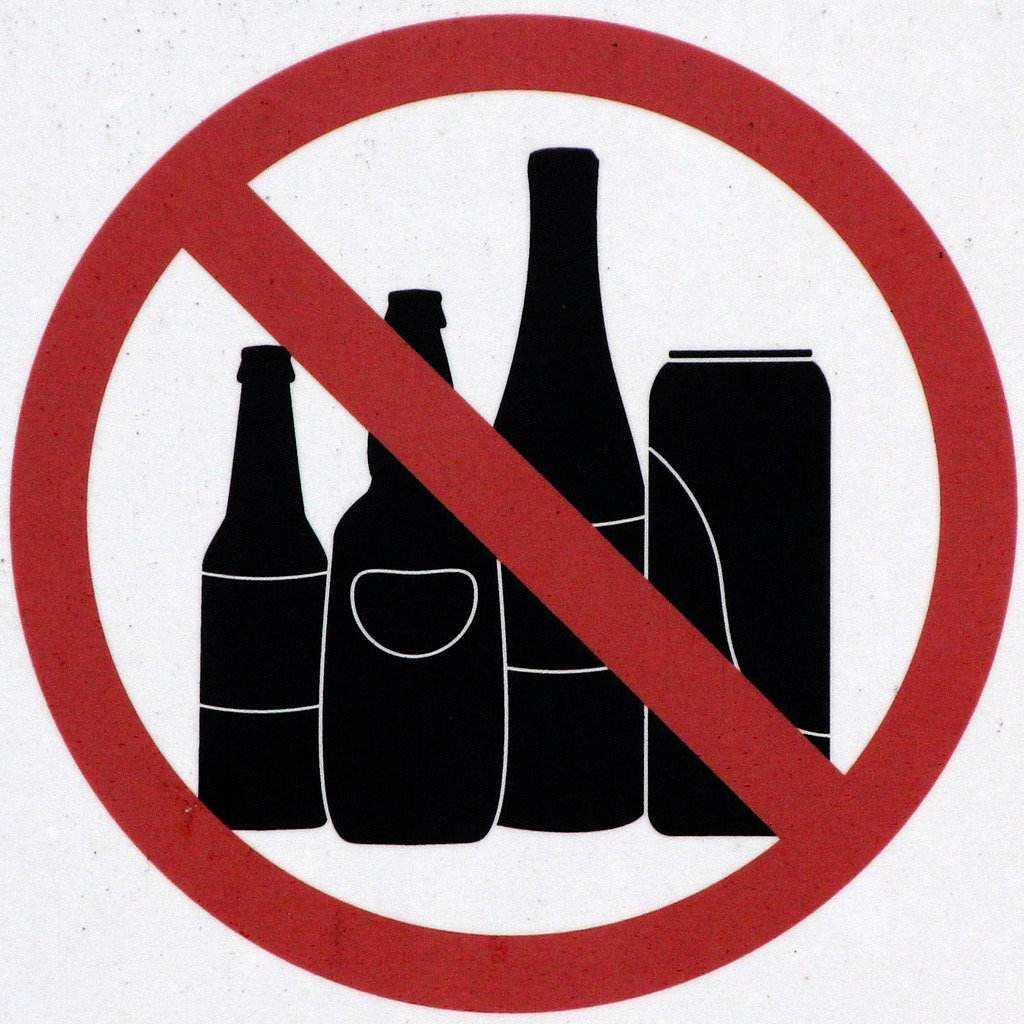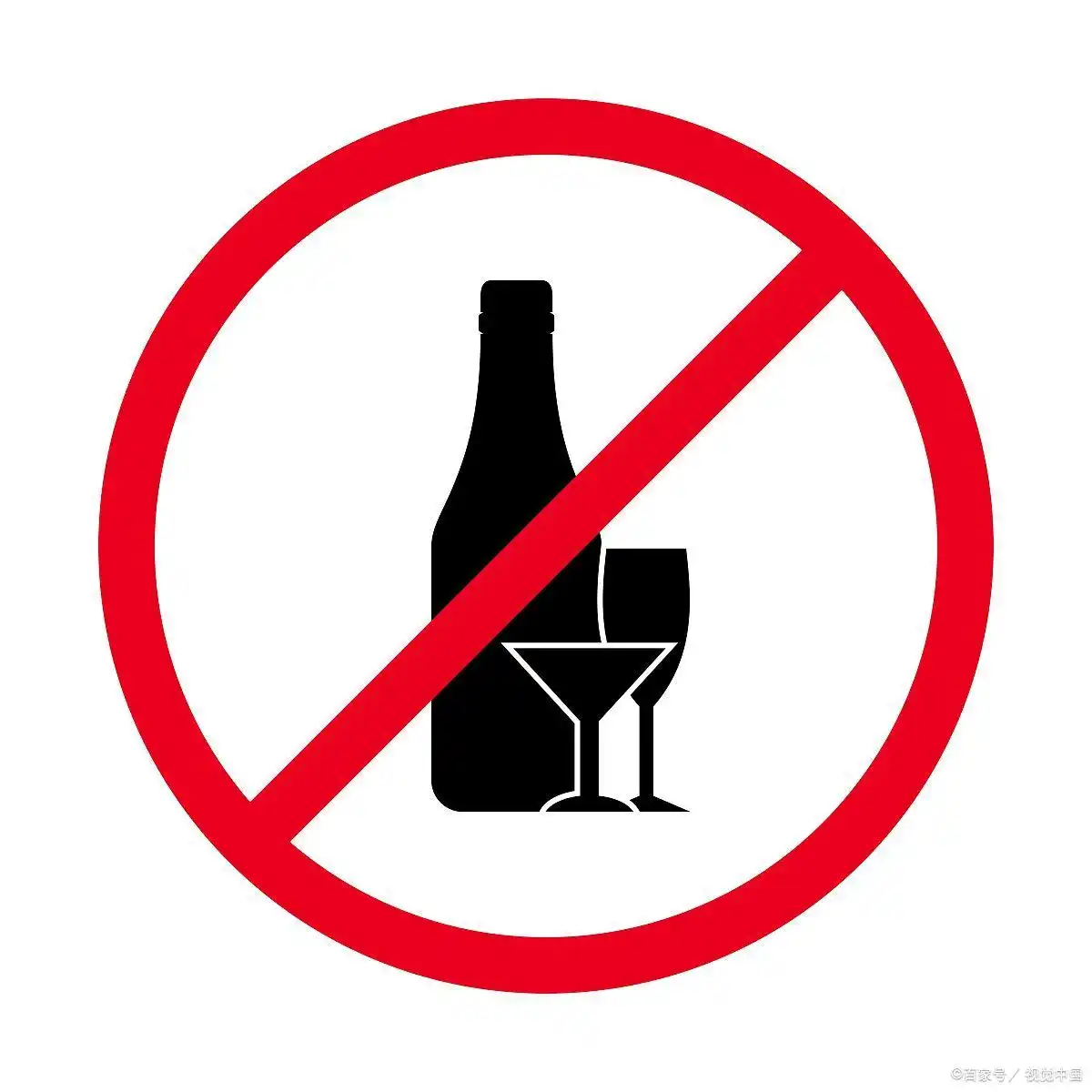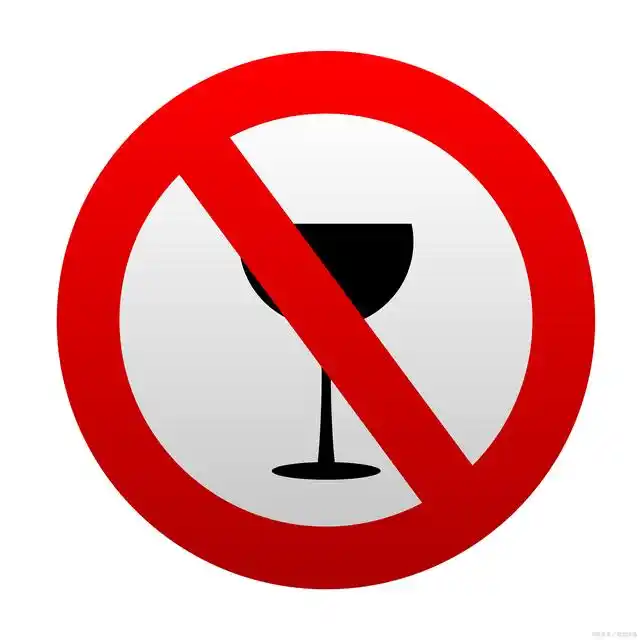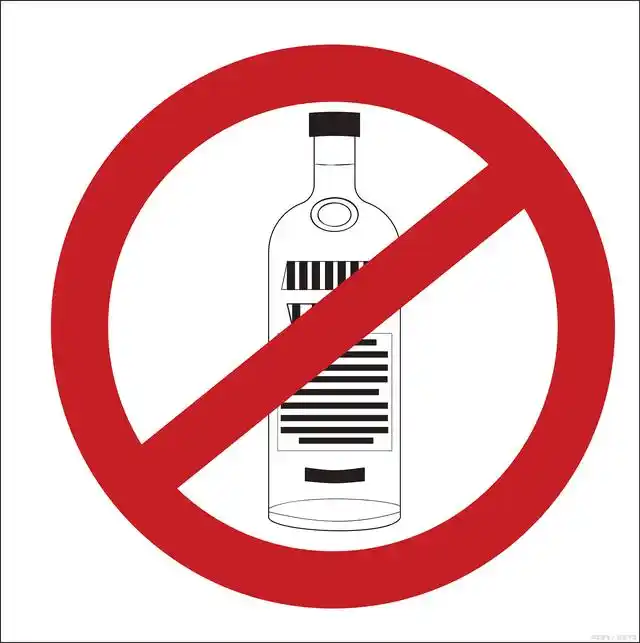Smart Snacking: Choosing Shelf-Stable Options During Alcohol Recovery
When embarking on the journey of alcohol cessation, many overlook the importance of nutritional support in maintaining sobriety. The physical act of quitting alcohol creates both physiological and psychological voids that often manifest as cravings - not just for alcohol, but for something to occupy the hands and mouth during previously drinking-associated times. This is where strategic snacking becomes an invaluable tool in recovery.
Understanding the Connection Between Nutrition and Recovery
Alcohol withdrawal affects the body's blood sugar regulation, neurotransmitter production, and hydration levels. Many people in early recovery experience fluctuating energy levels, mood swings, and intense cravings that can undermine their determination. Proper nutrition helps stabilize these physiological processes, while the act of snacking itself addresses the habitual aspect of drinking - the hand-to-mouth motion and the ritual of consuming something during trigger times.
Shelf-stable snacks offer particular advantages during this vulnerable period. They require no preparation during moments of craving, remain available when fresh options might spoil, and can be kept in multiple locations (car, office, bedside) for emergency cravings management. The key lies in selecting options that support rather than hinder recovery.
Criteria for Optimal Shelf-Stable Snacks in Recovery
Nutritional Balance: Look for snacks containing protein, healthy fats, and complex carbohydrates. This combination provides sustained energy release and helps stabilize blood sugar levels, reducing mood swings and energy crashes that might trigger relapse.
Low Sugar Content: While sugar cravings are common in early recovery, high-sugar snacks can create blood sugar spikes and crashes that mimic the effects of alcohol on the body's chemistry. This can inadvertently perpetuate the cycle of craving and consumption.
Texture and Engagement: Crunchy or chewy snacks provide oral satisfaction that can substitute for the physical sensation of drinking. The act of chewing also helps release tension in the jaw, which often becomes clenched during periods of stress or craving.
Portion Control: Individual packaging helps prevent mindless eating, which can become a replacement addiction if not monitored.
Top Shelf-Stable Snack Categories for Alcohol Cessation
Nuts and Seeds: Almonds, walnuts, pumpkin seeds, and sunflower seeds provide healthy fats, protein, and magnesium - a mineral often depleted by alcohol consumption. Magnesium helps with nerve function and muscle relaxation, both beneficial during withdrawal. Choose unsalted or lightly salted varieties to avoid excessive sodium intake.
Whole Grain Crackers and Rice Cakes: These complex carbohydrates provide steady energy release. Pair them with single-serving nut butter packets for added protein and healthy fats. Look for options with minimal ingredients and no added sugars.
Roasted Chickpeas or Edamame: These offer satisfying crunch with substantial protein and fiber content. Many varieties come seasoned with herbs and spices rather than salt or sugar.
Seaweed Snacks: Providing a salty, crunchy satisfaction with minimal calories, seaweed also contains beneficial minerals and vitamins. The strong flavor can help satisfy cravings for intense tastes.
Nutrient-Dense Bars: When selecting protein or energy bars, read labels carefully. Avoid those with sugar alcohols (which can cause digestive upset) or excessive sugars. Look for bars with recognizable whole food ingredients, adequate protein (至少 5-7 grams), and fiber.
Dried Fruits (in moderation): While dried fruits contain concentrated sugars, small portions of unsweetened varieties like apricots, apples, or raisins can satisfy sweet cravings while providing fiber and nutrients. Pair with nuts to balance the sugar impact.
Popcorn (air-popped): A whole grain snack that provides volume and crunch with relatively few calories. Choose varieties without artificial flavors or excessive butter coating. Nutritional yeast can add a savory, cheese-like flavor without dairy.
Canned Fish: Single-serving cans of salmon, tuna, or sardines provide high-quality protein and omega-3 fatty acids, which support brain health during recovery. These work well when you need something more substantial than a light snack.
Strategic Implementation of Snacking in Recovery
Identify Trigger Times: Most people in recovery have specific times when drinking urges are strongest - typically late afternoon, after work, or during certain social situations. Have appropriate snacks readily available during these windows.
Create a Snack Station: Designate an easily accessible area in your home for recovery-friendly snacks. Keep a variety of options to address different types of cravings - salty, crunchy, sweet, or creamy.
Practice Mindful Snacking: When a craving strikes, pause and acknowledge it. Then consciously choose a snack and eat it slowly, paying attention to the flavors and textures. This practice helps retrain the brain away from automatic consumption patterns.
Hydration Support: Always consume snacks with water or herbal tea. Dehydration can mimic or trigger cravings, and proper hydration supports overall bodily function during recovery.
Emergency Snack Kit: Keep a small container of nuts, seeds, or a quality nutrition bar in your car, bag, or desk drawer for unexpected cravings when away from home.
Snacks to Approach with Caution
While any food is preferable to alcohol during a craving, some shelf-stable options may undermine recovery efforts:
High-Sugar Snacks: Cookies, candy, and sweetened cereals can cause blood sugar fluctuations that increase anxiety and cravings.
Highly Processed Carbohydrates: White flour crackers, chips, and pretzels offer little nutritional value and can trigger addictive eating patterns similar to alcohol dependence.
Artificial Sweeteners: Some people find that artificial sweeteners perpetuate sugar cravings or cause digestive issues that complicate recovery.
Caffeine-Heavy Snacks: Chocolate-covered coffee beans or highly caffeinated energy bars can increase anxiety and interfere with sleep - both particular challenges in early recovery.
Beyond the Snack: Holistic Nutrition in Recovery
While strategic snacking addresses immediate craving management, overall nutritional status significantly impacts recovery success. Consider incorporating:
Quality Protein Sources: Canned wild salmon, sardines, or tuna provide omega-3 fatty acids that support brain health and reduce inflammation.
Healthy Fats: Single-serving olive oil packets, individual nut butter packets, and avocado oil spray can enhance other snacks while providing necessary fats for hormone production and nutrient absorption.
Fiber-Rich Options: Psyllium husk packets can be mixed with water to support digestive health, often compromised during alcohol use.
Herbal Teas: While not food, shelf-stable herbal teas like chamomile, peppermint, or rooibos provide hydration and calming rituals without caffeine.
The Psychological Aspect of Snacking in Recovery
The act of choosing and consuming snacks during recovery serves purposes beyond nutritional support:
Ritual Replacement: The process of selecting, opening, and consuming a snack can replace the ritual of preparing and drinking alcohol.
Self-Care Expression: Choosing healthy snacks represents an act of self-nurturing that counteracts the self-destructive pattern of alcohol use.

Empowerment Through Choice: Each conscious decision to snack healthily reinforces the commitment to recovery and builds self-efficacy.
Sensory Diversion: The flavors, textures, and aromas of engaging snacks provide sensory input that distracts from alcohol cravings.
Long-Term Strategy: From Craving Management to Nutritional Foundation
As recovery progresses, the role of snacking evolves from emergency craving management to part of a sustainable nutritional strategy. The shelf-stable snacks that served well in early recovery can become components of a balanced approach to eating:
Meal Supplementation: nuts and seeds can add crunch and nutrition to salads; canned fish can become part of quick meals; roasted chickpeas can top soups.
Portable Nutrition: The convenience of shelf-stable options supports maintenance of stable blood sugar throughout the day, preventing the energy dips that might trigger old patterns.
Social Support: Having appealing snacks available makes it easier to host gatherings without alcohol, reducing social isolation during recovery.
Remember that nutritional needs change throughout recovery. What works in the first weeks may need adjustment as the body heals and stabilizes. Regular reassessment of snack choices ensures they continue to support rather than undermine recovery goals.
The journey of alcohol cessation is multifaceted, addressing physical dependence, psychological patterns, and social habits. Strategic snacking with shelf-stable options provides a practical tool that supports all these dimensions of recovery. By choosing snacks that stabilize physiology, satisfy oral fixations, and provide nutritional benefits, those in recovery equip themselves with one more resource toward sustained sobriety and improved overall health.



发表评论